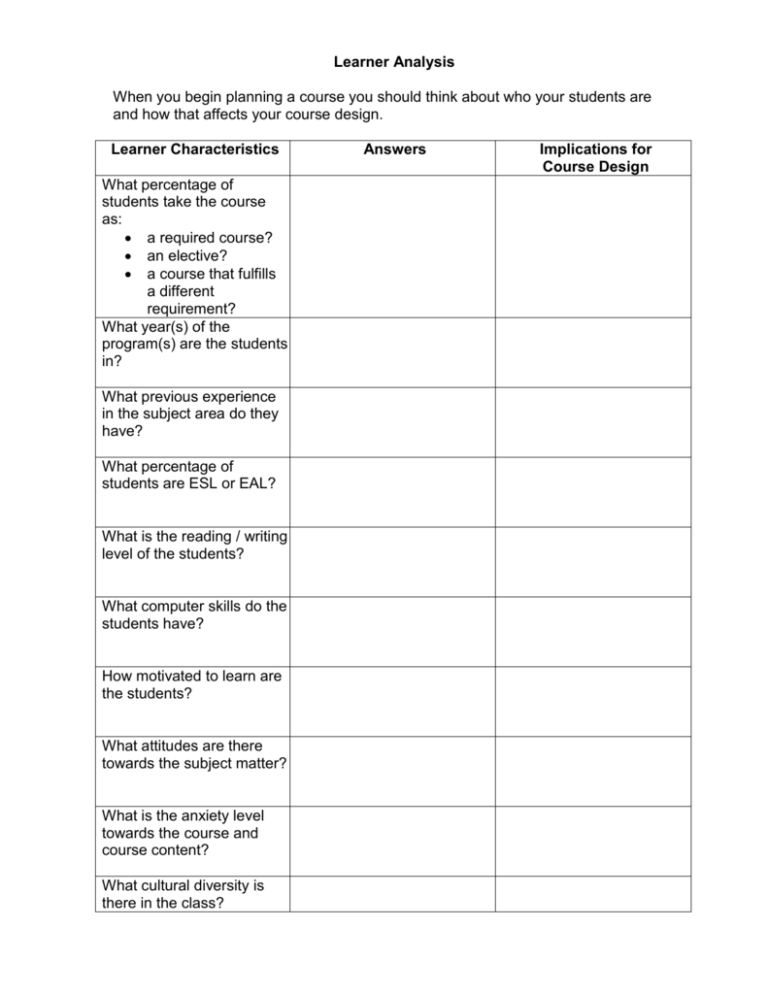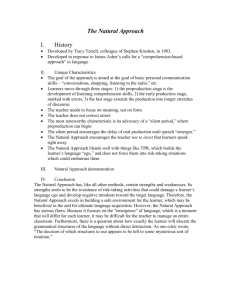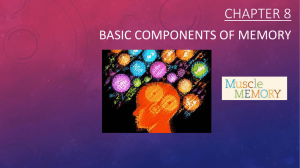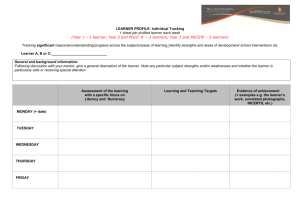Learner Analysis When you begin planning a course you should
advertisement

Learner Analysis When you begin planning a course you should think about who your students are and how that affects your course design. Learner Characteristics What percentage of students take the course as: a required course? an elective? a course that fulfills a different requirement? What year(s) of the program(s) are the students in? What previous experience in the subject area do they have? What percentage of students are ESL or EAL? What is the reading / writing level of the students? What computer skills do the students have? How motivated to learn are the students? What attitudes are there towards the subject matter? What is the anxiety level towards the course and course content? What cultural diversity is there in the class? Answers Implications for Course Design What are the student comfort levels with different teaching and learning activities (e.g. group work)? What disabilities do the students have? Questions that you still have about your learners: Questions about learners: How can you find this information? Learner Analysis Summary: Use this space to summarize the information in your learner analysis and how this will be taken into consideration in your course design. Adapted from Course Design Workshop, Teaching & Learning Centre, University of Calgary Context Analysis Prior to planning your course, you should also spend time analyzing the context that your course exists within. There are often overlaps between a learner analysis and a context analysis. Contextual Factors What is the level of the course (1st year, 2nd year, etc.)? What are the prerequisites? Is this a prerequisite for other courses? Is this a required course? Is the course restricted to certain students? Where does it fit in a program or programs? What is the history of the course? Is the course calendar description already written? What is the expected class size? Are there multiple sections? Are other instructors teaching the same course? Answers Implications for Course Design Will there be common exams and assignments? What is the class schedule (time of day, how often, how long)? What is the number of credit hours? Is it online, face-to-face, or blended? What is the available classroom technology? What are the possible room configurations? Are there required assessments and weightings (e.g., Final Exam worth 40%)? Are there other department policies for the course? What is the process for approval of the syllabus? Will students apply this learning in the future? If so, how and when? Context Analysis Summary: Use this space to summarize the information in your context analysis and how this will be taken into consideration in your course design. Adapted from Course Design Workshop, Teaching & Learning Centre, University of Calgary











